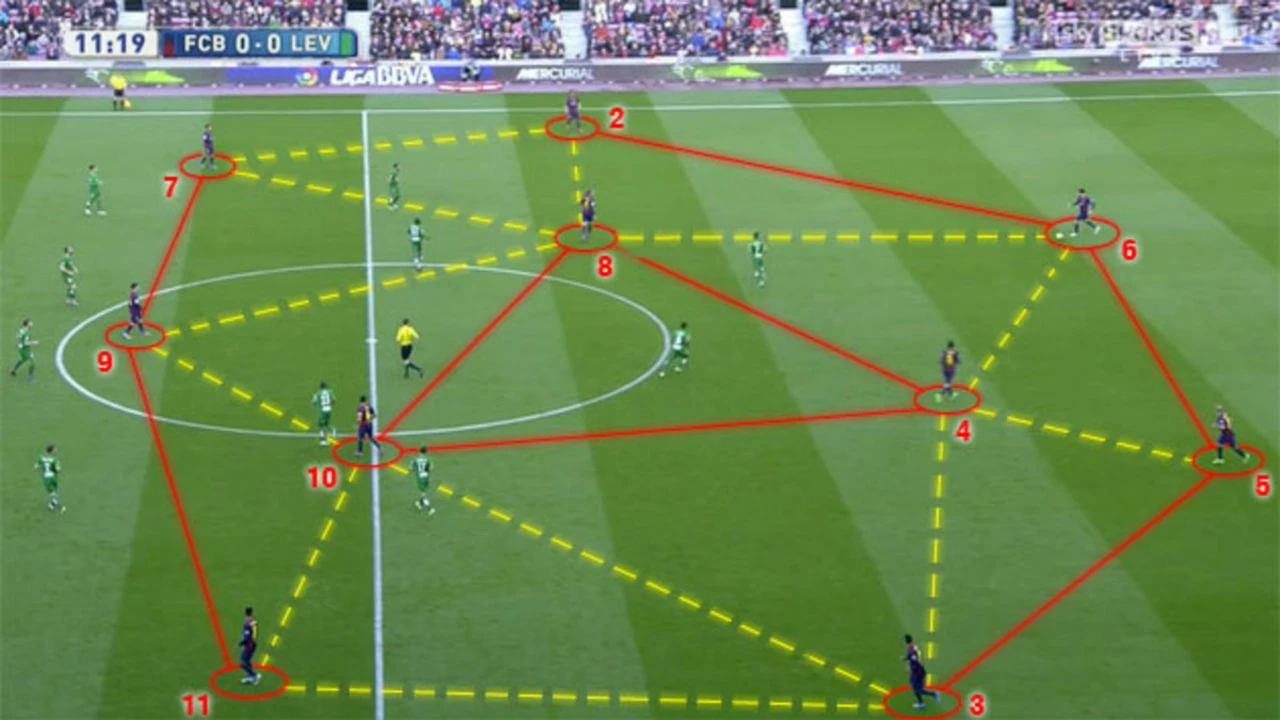Fastest Player in Soccer: Speed Stats, Who Leads the Pack?
Speed can change a game in a split second. One burst past a defender and a chance appears. That’s why fans and coaches keep asking: who’s the fastest player on the planet? In this guide we break down the numbers, show how speed is measured, and list the players who regularly hit the highest sprint marks.
How Speed Is Measured in Football
Clubs use GPS trackers, radar guns, and video analysis to clock a player’s top speed. The devices record meters per second during a match or training drill, then convert it to kilometres per hour (km/h). A sprint of 10 m in one second is roughly 36 km/h. Those readings are taken in real‑game situations, so they reflect what a player can actually do under pressure.
Top 5 Fastest Players in 2024
Kylian Mbappé (France/Paris Saint‑Germain) – Reached 36.6 km/h in a Ligue 1 match last season. His blend of speed and skill makes him a constant threat.
Alphonso Davies (Germany/Bayern Munich) – Logged 36.8 km/h during a Champions League fixture. Davies uses his length and quick turnover to outrun wingers.
Adama Traoré (Spain/Wolverhampton Wanderers) – Hit 36.4 km/h in the Premier League. His raw power adds a punch to his pace.
Leroy Sané (Germany/Borussia Dortmund) – Clocked 36.2 km/h in a Bundesliga clash. Sané’s acceleration lets him cut inside and shoot.
Erling Haaland (Norway/Manchester City) – Ran 35.9 km/h in a recent Premier League game. Though known for finishing, his speed makes runs behind the defence easy.
These figures come from official match data, not training mats. That means they were achieved while fighting for the ball, dodging opponents, and dealing with fatigue.
Why does speed matter? A fast player can stretch a defence, create space for teammates, and force the opposition to adjust their shape. Quick counters often start with a single sprint, turning a turnover into a goal within seconds. Coaches also use speed to press high, forcing errors from the opponent.
If you want to add pace to your own game, focus on three areas: explosive strength, sprint technique, and recovery. Weight training for the lower body (squats, deadlifts) builds the power needed for a strong push‑off. Drills like 10‑meter sprints, ladder work, and resisted runs improve stride frequency. Finally, proper rest and mobility keep muscles from tightening, which can slow you down.
Top clubs now employ data analysts to track every player’s speed output. They compare sprint data with injury reports to avoid over‑use, and they use it to scout new talent. When a youngster consistently hits 35 km/h in youth matches, scouts take notice.
So, who is the fastest player? It’s a tight race between Mbappé and Davies, both flirting with 37 km/h. But speed isn’t just a number – it’s how you use it on the pitch. Whether you’re a fan, a coach, or a player, understanding these stats gives you a clearer picture of what makes a game‑changing sprint possible.
What position should the fastest player play in soccer?
Alright, buckle up soccer enthusiasts! We are setting off on a thrilling journey to find the perfect spot on the pitch for our speed demons. Ready? Here we go! Now, conventional wisdom might suggest the winger or forward positions for our lightning-fast players, and that’s not wrong! Zipping past defenders and making those breakaway goals, that's their bread and butter, right? But, plot twist! What about considering them for the full-back position? With their speed, they can be a fantastic defensive asset, intercepting passes and joining the attack when needed. Boom! Who would've thought? So, there you have it, both conventional and a little outside-the-box thinking. After all, in soccer, speed is not just about scoring, but also about preventing the opponent from doing so!
Kieran Donovan | Jul, 28 2023 Read More
